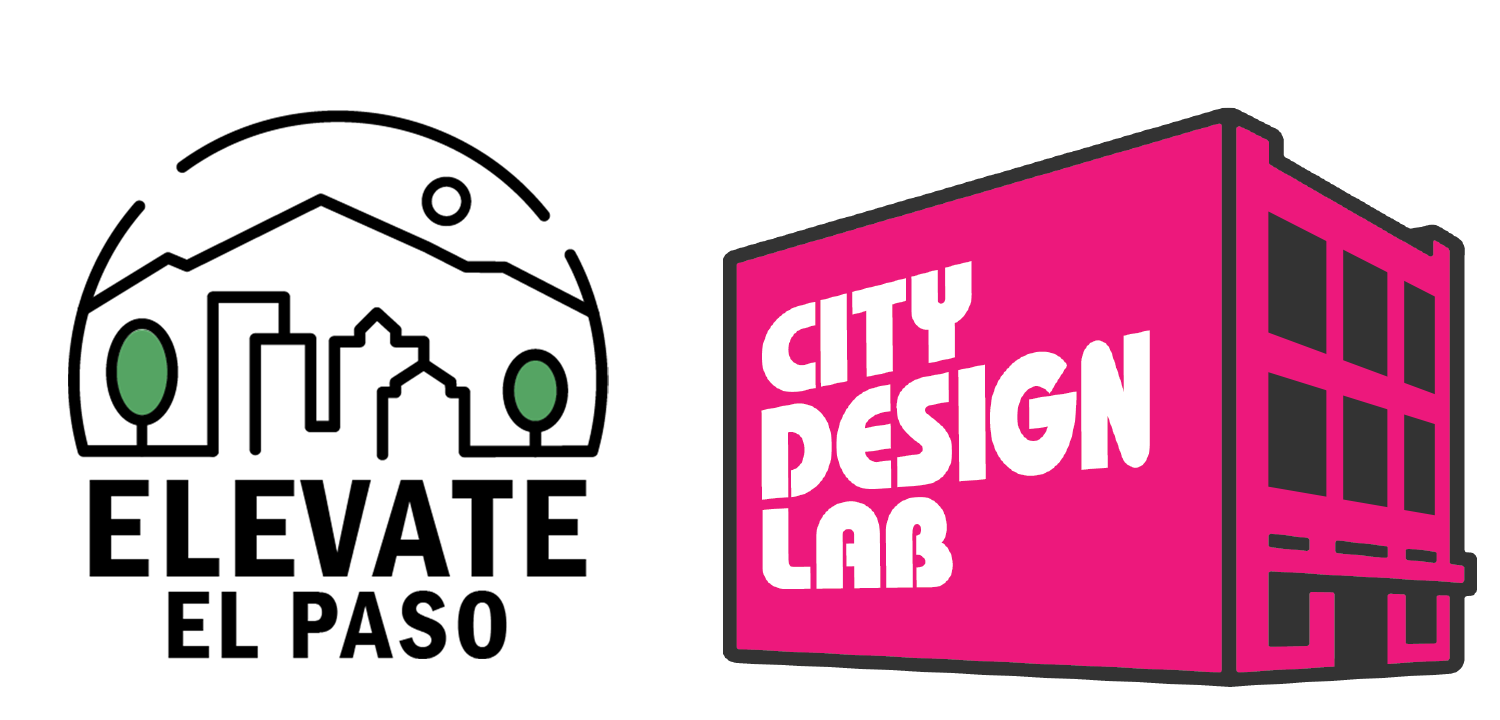
Your opinion matters.
Capital Plan Development.
“Capital Planning” & “Capital Plan Development” might not be familiar terms to most. Essentially both refer to the process of selecting major construction projects for the city to design and construct over the next 5-10 years.
Scroll through the slider below for an overview of the capital plan development process. Click the buttons to see more detail about each piece of the process.
Outreach.
Outreach centers on building awareness for the process and informing the public about opportunities for engagement and results of the effort.
The City’s Strategic Communications Office is the lead department and point of contact for outreach.
Web, Media, Direct strategies can be employed as needed.
The engagement process can help direct outreach areas to underrepresented areas based on survey results.
Engagement.
Engagement goes beyond outreach and provides meaningful opportunities to allow for public input and help shape the values and priorities that inform the project selection process.
Engagement is crucial to identifying/visualizing community values and priorities; the engagement process centers on a few primary components:
Quantifiable tools,
Real Time feedback,
Spatial/Geographic data,
Categorized results.
Data & Validation.
The engagement component, surveys and public meetings are a crucial component of the overall data input tool kit. A variety of other data sources will be used along side engagement results to refine the values and priorities that inform project selection.
Geographic data on equity.
Spatial data on service gaps within communities and districts
Historical data on past investments, or lack of past investments.
Project Selection.
Project selection and a potential project list is the primary outcome of the process. Outreach and the engagement process inform project selection at a very high level focusing on values and priorities. Individual project selection is an objective process based on all these inputs as data points.
Project Selection is Objective.
Project selection should be informed by structured prioritization of values and guided by data. It is a technical process and should remain objective.
Data Driven.
While the general public and policy makers are vital to establishing values and goals, specific projects should be identified based on data. This avoids the “squeaky wheel gets the grease” situation and helps build equity in the capital improvement and public investment process.
Consistent Inputs
Ultimately the project selection process should be consistent and repeatable. This builds trust amongst the public and develops clear expectations of planning outcomes.
Project Funding.
There are three basic methods of financing capital projects:
Funding from current revenues (general, utility, economic development and airport funds);
Funding from fund balance/general fund;
Funding through the issuance of debt.
When possible, the City uses cash for capital improvements within the financial affordability of each fund rather than issuing debt. Debt financing is used when the capital assets or projects cannot be funded prudently from current revenues or fund balances. Debt financing is also utilized to better ensure inter-generational equity by spreading payments for assets and infrastructure over their useful lives. Debt is not used to fund operating expenses.
















